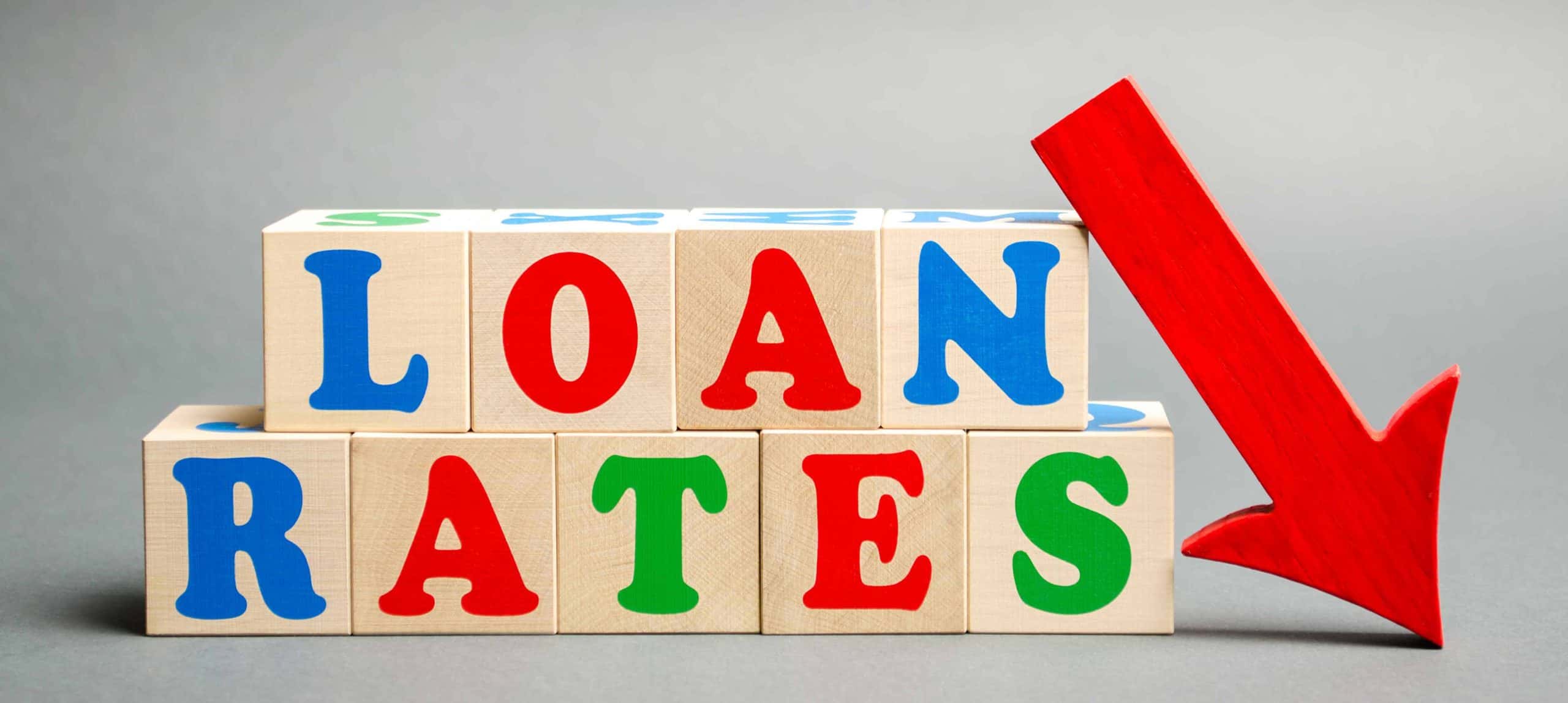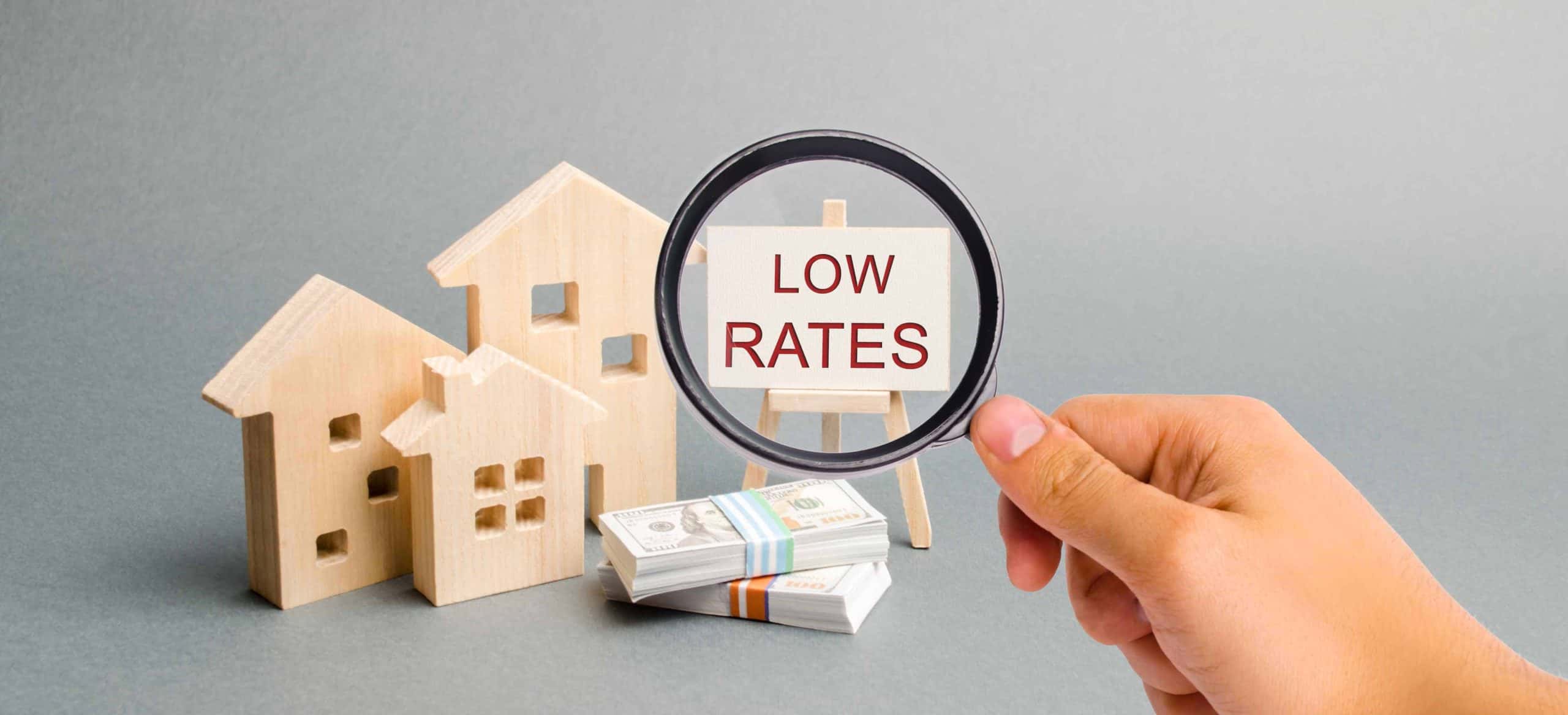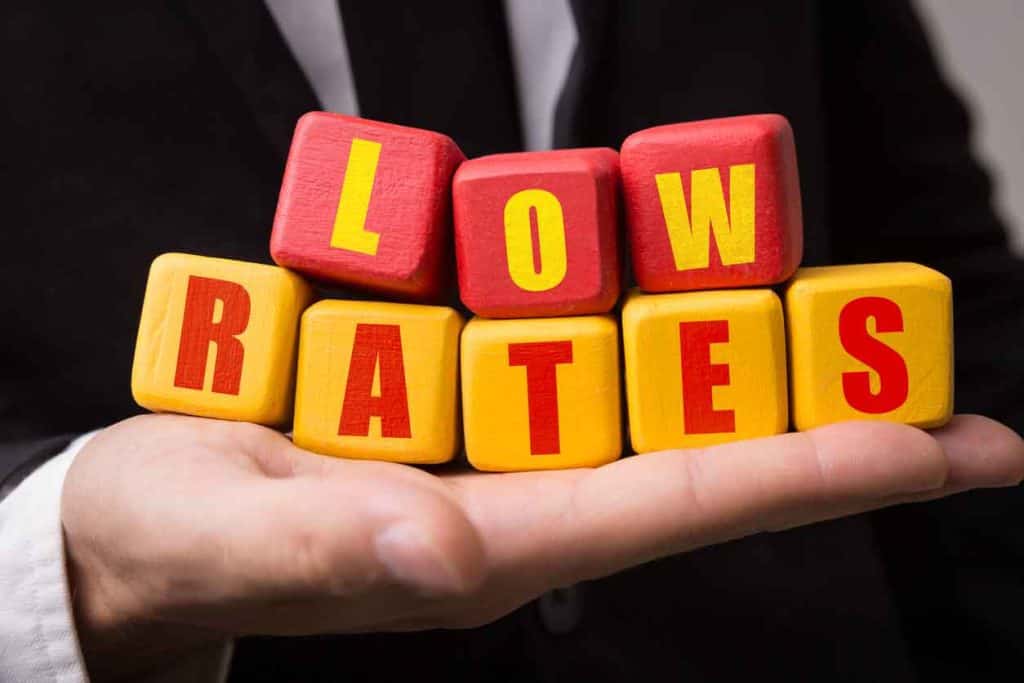How to Find a Personal Loan with Low Rates
If you require a personal loan but have never before applied for one, likely the most important consideration during the selection process is making sure that you find a personal loan that comes with low-interest rates. In order to enhance the possibility that you can find low rates for your personal loan, you should know more about what a personal loan is, how interest rates can differ from loan to loan, and what it takes to find a personal loan with low rates.
What Does a Personal Loan Entail?

A personal loan occurs when you borrow money from an online lender, credit union, or bank. This loan is typically paid back via installments of monthly payments over a lengthy period of time.
In general, rates for a personal loan can range from 2.5-36 percent. If you happen to have very bad credit, interest rates may climb even higher than 36 percent, which you should almost never consider. Your interest rate will typically be listed as APR, which stands for annual percentage rate and is merely used to display your interest rate as a standard yearly rate. If the interest rates for your personal loan are variable in nature, it’s possible that they will change slightly every year.
The majority of personal loans are considered to be unsecured, which means that the loans aren’t backed by some kind of collateral. While secured personal loans typically come with very low interest rates, the kind of collateral that you would need to use to secure the loan can be anything from your vehicle to your home, which the lender would be able to obtain if you failed to pay the loan back in a timely manner. The main factors that determine what rate you’ll receive for a personal loan include your credit history, credit score, and your debt-to-income ratio.
If you have a very high credit score with a lengthy credit history, there’s a good chance that you will qualify for a personal loan with low rates. Otherwise, you may need to shop around at multiple lenders to make sure that you’re able to obtain the lowest rate possible. Since personal loans come with interest rates, you will pay more over the course of the loan than you initially received from the lender. For instance, if you need $14,000 for a personal loan, your payments would amount to much more than $14,000 depending on your interest rate. Let’s say that you have a decent credit score of 690 and receive a loan option that comes with an interest rate of 18 percent. With this interest rate, you would end up paying $16,520 over the course of the loan.
If you want to know what you should expect your interest rate to be for a personal loan, the average APR for a 24-month personal loan in quarter three of 2019 was 10.07 percent. However, it’s possible to receive a lower interest rate, which is why you should consider all of your options. The main uses of a personal loan include emergency expenses, home improvements, refinancing for credit card debt, and debt consolidation. These loans are typically available from online lenders, banks, and credit unions.
What Are Interest Rates for a Personal Loan?
When you’re searching for the right loan, the interest rate is the most important component of the loan that will dictate what your monthly payments will be over the course of the loan. If you want to make smaller monthly payments, it’s highly recommended that you search for a low-interest personal loan.
An interest rate is a percentage of the money that’s lent to you, which is charged by the lender so that you can use their money. The bank or credit union that provides you with the loan will apply the interest rate directly to the portion of the loan that remains unpaid. If you happen to miss a payment during the course of your loan, the unpaid balance for the month in question will get spread out throughout the remaining months on the loan. The lender may also increase your interest rate to account for the higher risk.
Banks and credit unions can use variable rates or fixed rates, the latter of which is the most common option. While a loan that has a variable rate can be riskier for you to obtain, these loans usually come with lower interest rates at the beginning. On the other hand, fixed-rate loans have the same interest rate throughout the entire duration of the loan, which means an initial APR of 4.5 percent will remain the same until you’ve paid off the loan.
With a fixed-rate loan, the first payments that you make will mostly be interest payments. Over time, a higher percentage of your monthly payments will go towards the principal of the loan. In the event that you make an additional payment earlier than you were scheduled to, everything goes towards the principal of the loan, which provides you with a way to pay off the loan before you were expected to. Technically, it’s possible to pay off a five-year loan in a single year.
How Loan Interest Rates Can Differ

When you want to find a low-interest personal loan, it’s important that you understand how loan interest rates can differ. The factors that dictate what your interest rates will be include your credit score, the institution offering the loan, and the type of personal loan that you’re selecting.The type of loan that you’re getting ready to apply for can make a big difference in the interest rate that you’re provided with. While the average interest rate for a four-year auto loan is just under five percent, the average rate for a 24-month personal loan is right above 10 percent.
On the other hand, credit card plans where interest is charged can have rates that are higher than 15 percent. It’s also possible to obtain a payday loan as a very short-term loan. However, I would advise against these loans since the interest rates can reach as high as 300 percent.
The largest factors that determine what your interest rate will be are your credit history and your credit score. While these rates will differ from lender to lender, the interest rates available to you will likely be similar. If most lenders are offering loans with rates between 14-16 percent, it’s almost a certainty that you won’t receive an interest rate offer that’s as low as eight percent from any lender.
How Interest Rates Are Set By the Lender
If you’ve begun your search for a personal loan with low rates, you may be wondering why there can be such a disparity between interest rates from different lenders. These lenders can use several methods to determine what your interest rate should be, the primary of which involves a risk-based pricing technique.
The interest rate that you’re provided with when applying for a loan is based on the risk that the lender must accept for giving you the loan. If you have a very high credit score and a great history of repaying loans, there is a much lower risk that you won’t make your monthly payments. As such, the bank will provide you with a lower interest rate. If you’ve missed a few payments in recent years or have a low credit score because of a past bankruptcy, most lenders will view you as a high-risk individual when it comes to paying back the loan, which is why you will likely receive a high-interest rate.
The risk-based pricing technique takes your credit history and all information on your loan application into account. To best understand what interest rates will be available to you, it’s important to know what a good FICO score is. Higher scores almost always equate to lower interest rates. A credit score that ranges from 300-579 is considered to be very poor, while a score that extends from 580-669 is fair.
If your score is set between 670-739, you will have a good FICO score. Any score between 740-799 is thought to be very good. It’s possible to obtain a credit score that ranges from 800-850, which is considered to be exceptional. If you have an exceptional credit score, you will almost certainly have access to the lowest interest rates on the market, which should make it easy for you to find a low rate personal loan. If you have a very poor or fair score, it can be difficult for you to receive a loan. In the event that a loan is made available to you, the loan may have interest rates that are as high or higher than 40 percent.
Lenders That Provide a Low Rate Personal Loan

While you might believe that the best way to find a personal loan with low rates is to identify lenders that offer low rates, there isn’t a single lender that will provide low rates to everyone who applies and is approved for a loan. However, there are a small number of lenders that provide low rates more often than others.
While banks offer consistency and reliability as lenders, you might also want to consider credit unions. When looking specifically at a three-year loan that’s unsecured, the standard interest rate in early 2018 was 10.09 percent for banks and just 9.22 percent for credit unions. Even though this might not seem like a significant difference, an average interest rate that’s nearly one percent lower makes it more likely that you will be able to find a personal loan with low rates.
Credit unions are unique in that they are financial institutions that don’t seek profits. Any profits that are obtained by a credit union will usually go towards service improvements for union members. The only issue with applying for one of these loans is that you will need to become a member of that specific union.
You could also find low-interest rates with online lenders. At a bank or credit union, there are numerous expenses that are required for the upkeep of the brick-and-mortar location. Online lenders are able to avoid this problem, which makes it possible for them to offer lower rates. Whether you decide to apply for a personal loan at a credit union or online lender, it’s important to remember that each specific lender will have different criteria for underwriting and different tolerance of risk, which is why you should compare loans before making your final decision.
How to Identify What Your Interest Rates Will Be Before Applying
There are several things that you can do to estimate what your interest rate will be before you apply for a low rate personal loan. The majority of companies that offer personal loans allow customers to see if they are pre-qualified for a loan before they actually apply, which also helps by making sure that there aren’t too many hard inquiries on your credit report.
When you fill out a pre-qualification application, you will be required to provide certain pieces of information about yourself, which include your SSN, name, address, date of birth, and contact information. When you have filled out and sent in your application, the credit union or bank will likely run what’s known as a soft credit check to determine what your credit history is. It can take anywhere from a minute to a day for a lender to tell you if you’re pre-qualified for the loan. If you are qualified, the lender in question may provide you with a possible interest rate. However, this interest rate is only an estimate and may change once you send in your actual application.
If you find that the loan terms are agreeable, you can go right ahead and submit the full application, after which the lender will conduct a hard check on your credit. The lender will then have all of the information that they need to approve or deny your loan application. In the event that your loan is approved, a final loan amount and interest rate will be given to you. Since your interest rate can change in the final application, there’s no way to be certain about what your interest rate will be before you apply for a personal loan. However, interest rates rarely change too much between the pre-qualification and approval of your final application.
Guidelines for Obtaining the Lowest Interest Rates for a Loan
If you want to obtain the lowest interest rates that are possible for a loan, there are several guidelines that you should adhere to during the selection process.I’ve found that the lowest rates don’t always make for the best loans. While you should certainly attempt to get low rates with your loan, it’s also important that you pay attention to the terms of the loan to make sure that the low rates aren’t accompanied by bad terms. The three guidelines that you should consider following if you want the lowest interest rates possible include:
- Shop around – Every lender will have their own set of criteria that’s used to determine what interest rates will be, which is why shopping around is essential if you want to find the lowest rates for a personal loan. It’s recommended that you check the rates from several different lenders before making your final decision. Make sure that you read all of the fine print to avoid choosing a loan that has lower rates but bad terms.
- Pay off some of your existing debt – When applying for a personal loan of any amount, lenders will commonly take debt-to-income ratio into account, which is calculated by adding up any monthly debt obligations before dividing the total by the income you take home every month. This ratio tells the lender if you’re able to pay off your debt. If the ratio is high, you will likely be provided with a higher interest rate. As such, a great way to lower your interest rate before applying is by paying off some of your remaining debt to get rid of your monthly obligations.
- Check your credit report and scores – Your credit score is a clear indicator to lenders of how trustworthy you can be when paying back a loan, which is why individuals with high scores can obtain very low-interest rates. If your score is too low, take steps to improve it before sending in your application.
Now that you understand what personal loans are and the importance of finding a personal loan that comes with low rates, your shopping process for a new loan should be streamlined and straightforward. While you will need to shop around and possibly increase your credit score to obtain a low-interest rate, the benefits of doing so are tangible and will allow you to pay considerably less money in the long run. Do you want to learn more about low rate personal loans and the experiences that other individuals have had with them? If so, head to the comment section for some great conversation with like-minded customers.


